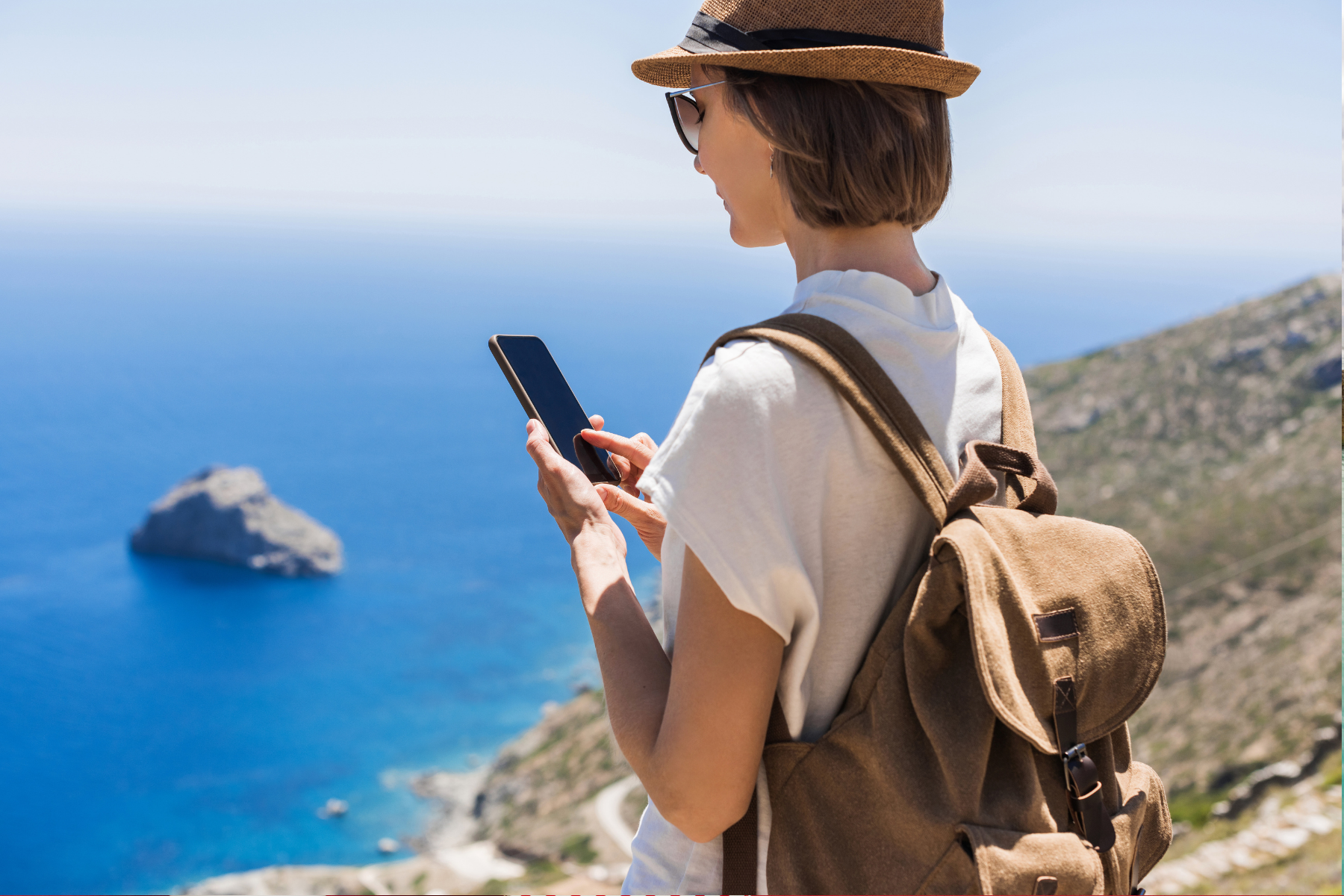
Make sure you’ve got all of your bases, including your electronic devices, as you plan your next significant excursion into the world internationally. If you have an iPhone, there are several steps you should do to keep yourself secure, updated, and anxiety-free while traveling abroad.
It’s simple to carry smartphones for granted, but they’re vulnerable to certain threats when traveling internationally, including unwanted access to your data and unexpectedly high expenses when you return.
Travel can be filled with unexpected twists and turns. Here’s what you need to do to be certain your iPhone is the correct sort when traveling abroad.
6 steps to do with your iPhone before traveling abroad
Since you’re going on vacation or traveling overseas, you’re almost certainly taking your iPhone with you. While your iPhone is extremely useful, it, too, requires some preparation. Here are our top six suggestions for preparing your iPhone for international travel.
1. Confirm to see if your iPhone is unlocked.
Operators lock devices to keep customers on their network. However, this is extremely annoying when traveling abroad because it stops you from using local SIM cards or even eSIM services. Whenever your phone is locked, you’ll be limited to WiFi or susceptible to the less-than-competitive international roaming costs charged by many carriers while traveling (supposing service is available where you’ll be).
Apple suggests contacting your carrier to have your iPhone unlocked if it is currently locked. Explaining that you’ll be traveling with iphone abroad and will require a local phone number is usually sufficient. If they reject, there are lots of third-party alternatives.
2. Become acquainted with WiFi-based programs.
Consider using WiFi-based services if you’re traveling in a region where you are likely to have WiFi access. These services allow your iPhone to conduct its operations over the internet rather than utilizing data. Consider the following for the iPhone:
- Apple apps: Your iPhone already has a number of designed WiFi-based apps. iMessage allows users to send text messages via Wi-fi connectivity (to other iPhones only). FaceTime allows you to make audio and video calls over the internet.
- Facebook Messenger: You can utilize the Messenger software even if you don’t have a Facebook account.
- WhatsApp, Telegram, or Line: You may safely send texts or make calls.
If you purchase a local SIM card or an eSIM data plan, they can help you save money by reducing your data usage.
3. Before you leave, switch off data roaming.
To avoid your iPhone interacting with partner networks abroad, always turn off data roaming – this is how you end up with a huge cost. To be extra secure, turn off cellular data completely while in transit. This will prevent your phone from accessing all networks. (If you have an eSIM data plan, you’ll need it.)
Go to Settings, Cellular, and Data Roaming to disable data roaming. It is possible to turn it off. There is also a Cellular Data option under Cellular. You can also turn it off.
4. Sign up for an eSIM data plan.
With an eSIM data plan, you may use your phone to get local data at local costs. These can be purchased in advance and activated once you reach your destination. It won’t provide you a local number (you’ll use Dual SIM or one of the above messaging or calling software), but it will provide you with a perfectly functioning phone that will save you money on data roaming. Check out BNESIM eSIM plans.
5. Clear your usage history
It’s a great way to keep track of your data use while traveling because the methods for measuring it may differ. You’ll also be able to identify apps that consume a lot of data and take action to prevent this from happening again.
Go to Settings, then Cellular, and finally Reset Statistics to reset your data consumption statistics on an iPhone. This will provide you with a clear picture of your data usage while traveling.
6. Refresh your multi-factor authentication procedures.
Two-step verification, often known as multi-factor authentication, is a vital security measure that keeps your credentials safe from hackers. The majority of 2FA is text-based, which means you’ll receive a text with a special code to access your account. If you don’t have phone service while traveling, you can find yourself trapped in your email or bank account at a crucial time.
To avoid this, make sure your 2FA logins are as accessible to you as possible. Some suggestions are:
- If possible, use a secondary email.
- Obtaining a Google Voice number or shifting your phone number to Google for a limited time.
- Using a mobile authentication app like Google Authenticator or LastPass Authenticator.
Prepare ahead of time to save time, money, and stress
You’ve thoroughly planned your trip, finances, and activities. Next, carry out the same procedure using your iPhone. You should do a few things with your iPhone before going internationally, from making sure you can use local SIM cards and eSIM data plans to updating your security settings.
Most importantly, develop a plan for staying in touch the next time you go. Obtaining mobile data with BNESIM is simple, speedy, and ANXIETY-free.
